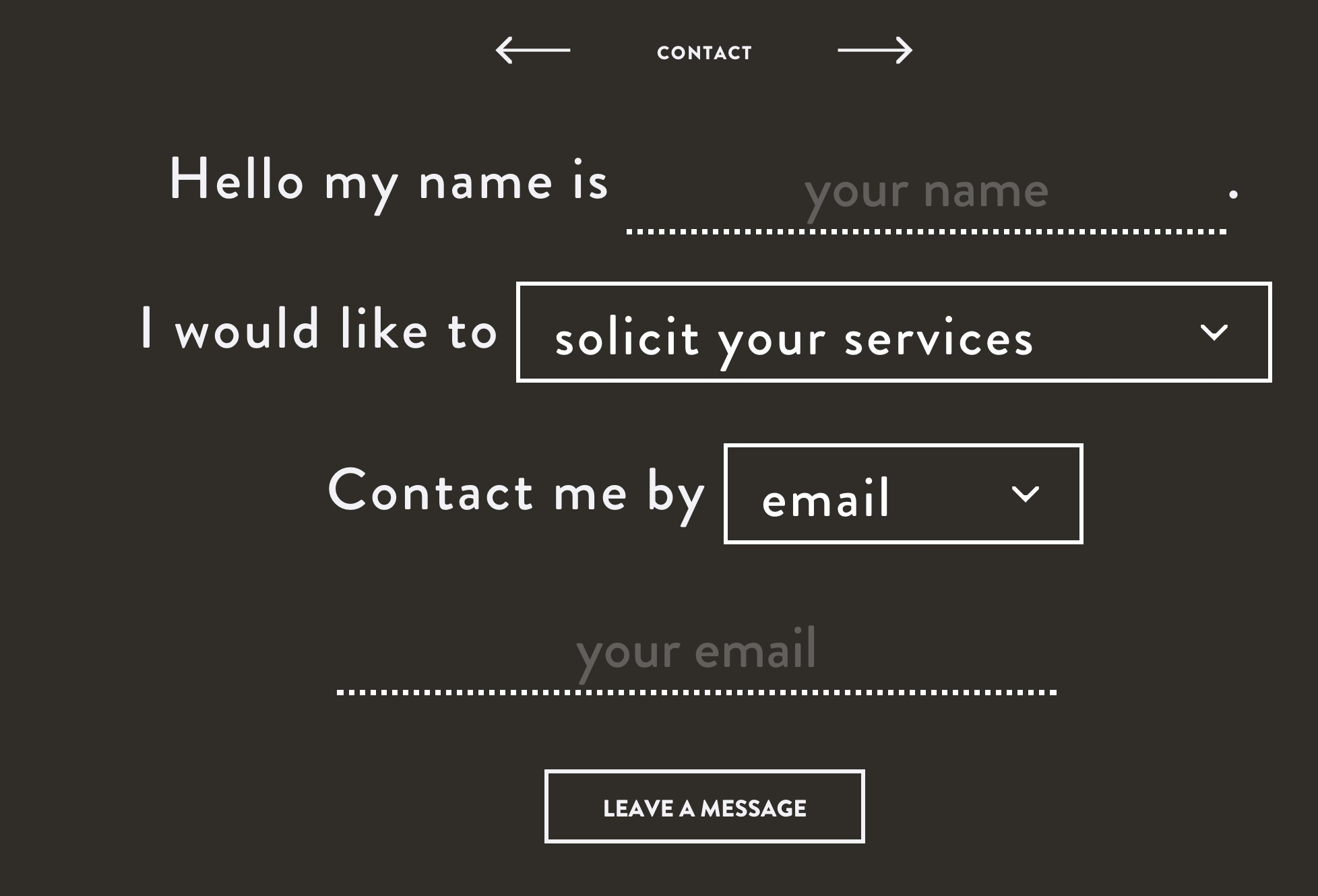Fill in the blank exercises are a common way to test knowledge and understanding of a subject. They are often used in educational settings to assess comprehension and recall of important information. By providing a sentence or paragraph with missing words, students are challenged to fill in the blanks with the appropriate words or phrases.
These exercises can be a useful tool for reinforcing learning and helping students to retain information. They encourage active engagement with the material and require critical thinking skills to determine the correct answers.
Example:
Fill in the blank: The capital of France is ________.
One key benefit of fill in the blank exercises is that they can help students to identify gaps in their knowledge. By pinpointing areas where they struggle to recall information, students can focus their efforts on strengthening their understanding of those topics.
Additionally, fill in the blank exercises can be a fun and interactive way to review material. They can be used in a variety of subjects, from language arts to science, and can be tailored to suit different learning styles.
Furthermore, fill in the blank exercises can be easily customized to align with specific learning objectives. Educators can create exercises that target specific vocabulary words, concepts, or skills, allowing students to practice and reinforce key information.
In conclusion, fill in the blank exercises are a valuable tool for assessing knowledge, reinforcing learning, and engaging students in the educational process. By challenging students to fill in missing information, these exercises promote active learning and critical thinking skills.
